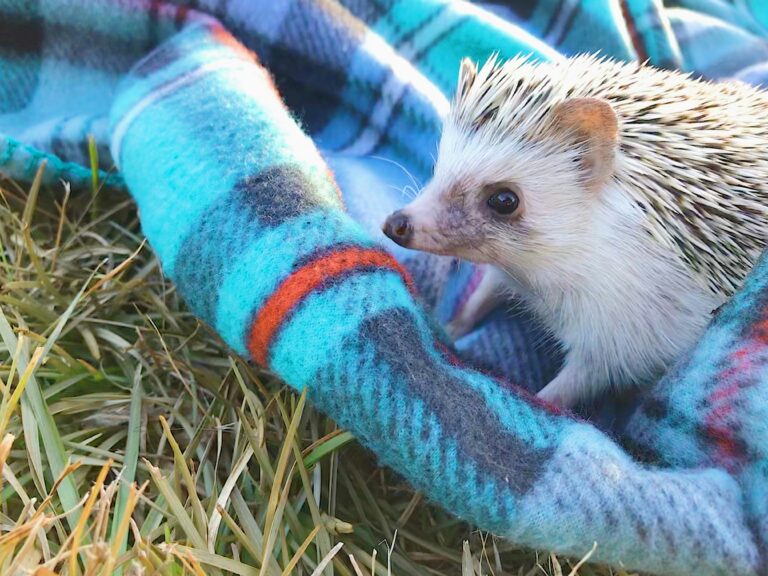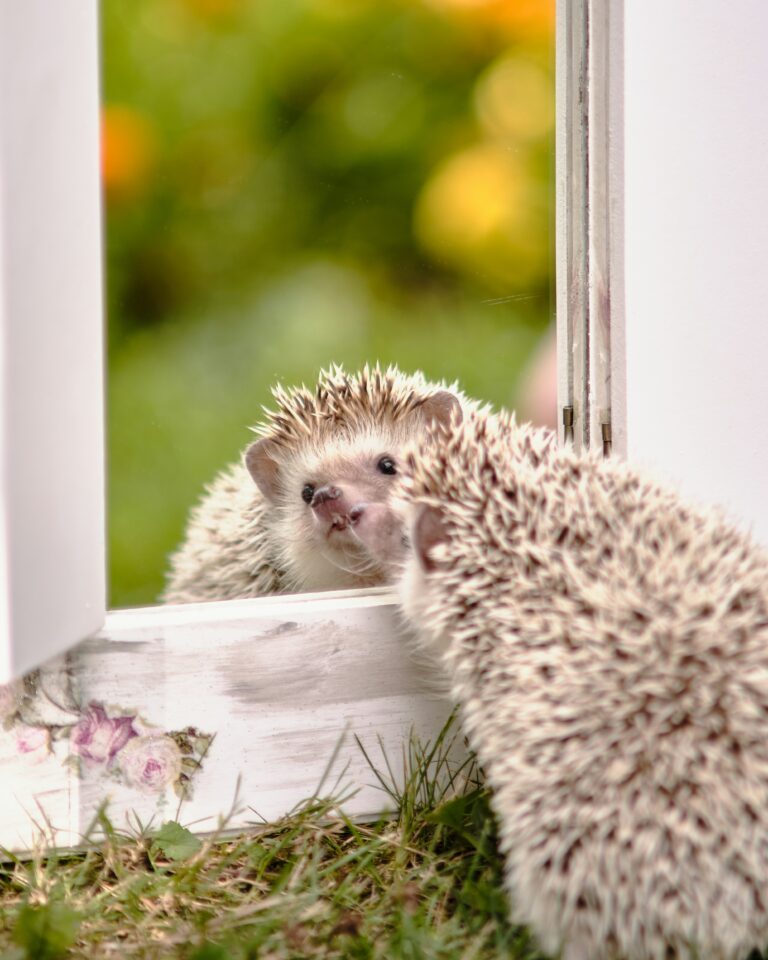Breeding Your Hedgehogs: What to Know
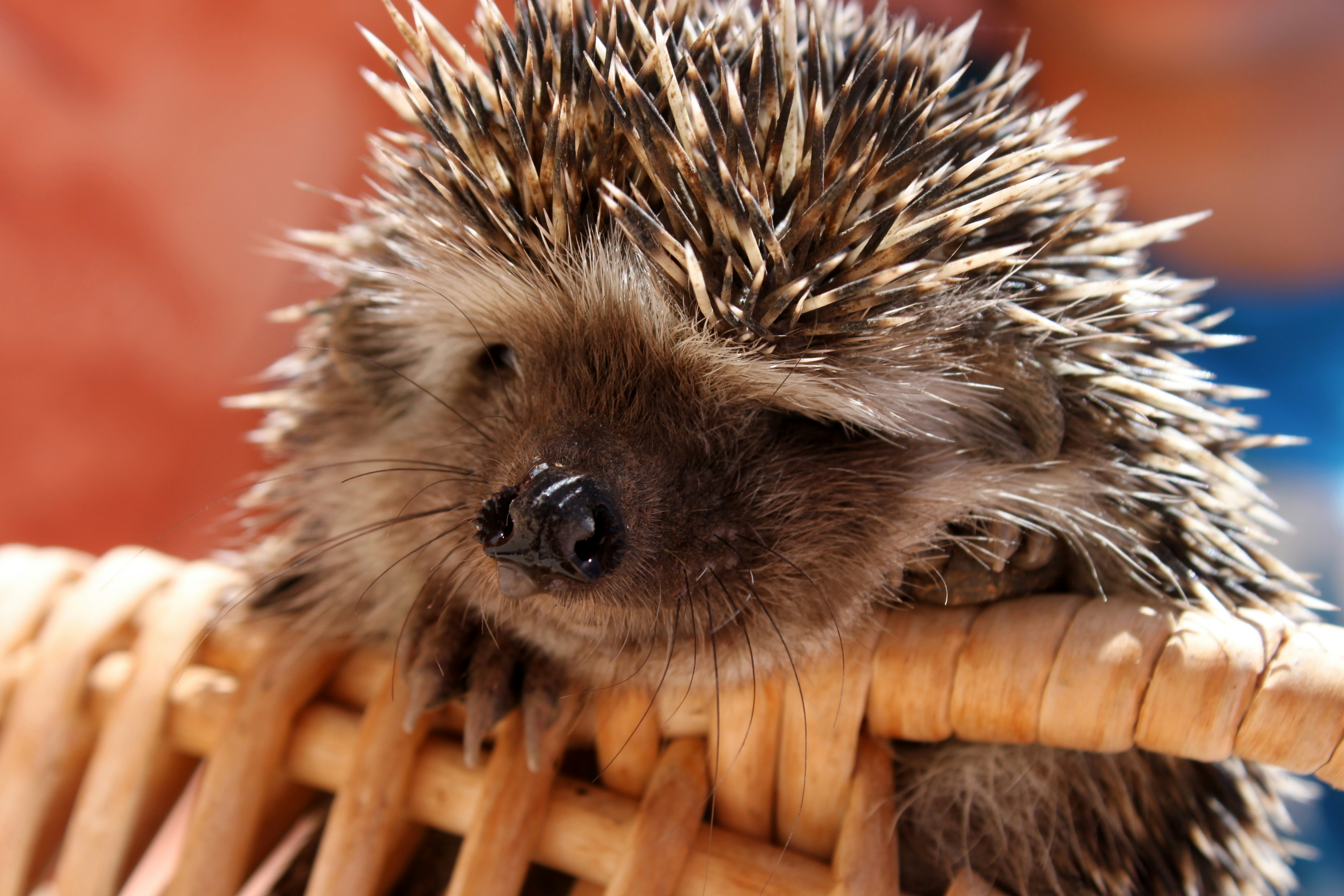
Hedgehogs are adorable, fascinating creatures that make wonderful pets for the right individuals!
With their unique characteristics and curious personalities, it’s no wonder that many people are drawn to the idea of breeding hedgehogs. However, breeding hedgehogs requires careful consideration and responsible practices to ensure the health and welfare of both the parent hedgehogs and their offspring.
In this guide, we’ll delve into the intricacies of hedgehog breeding, covering everything from preparation and breeding practices to caring for newborn hoglets.

Understanding Hedgehog Breeding
Before diving into the breeding process, it’s crucial to understand some fundamental aspects of hedgehog reproduction.
Reproductive Maturity: Hedgehogs typically reach sexual maturity between 4 and 6 months of age, although this can vary between individuals and species. Some hedgehogs may reach sexual maturity as young as 7 weeks, so it is important to separate brothers and sisters shortly after weaning.
Breeding too early can pose health risks to both the male and female hedgehogs and may result in smaller litters or complications during pregnancy. Wait to breed your female hedgehogs until they are at least 6 months old, and first time pregnancies should be initiated before the sow is 1 year old.
Hedgehog Ovulation: Female hedgehogs can be induced to ovulate by the presence of a male. The best success in mating and raising of litters may be seen in the spring and fall, though!
To induce ovulation, try placing the sow in the boar’s cage. Watch and listen to them closely to make sure they don’t fight. She can stay in the boar’s cage for up to 10 days. If she starts getting tired of his company, you can try putting her with him for 4 days, giving her a 4 day break, and then putting her in with him for another 4 days. After this is over, remove the sow to her own, private cage and provide a nest box!
Pairing Compatibility: Not all hedgehogs are compatible for breeding. They may just not like each other. Introducing two hedgehogs for breeding purposes requires careful monitoring to ensure they are compatible and do not exhibit aggressive behavior towards each other.
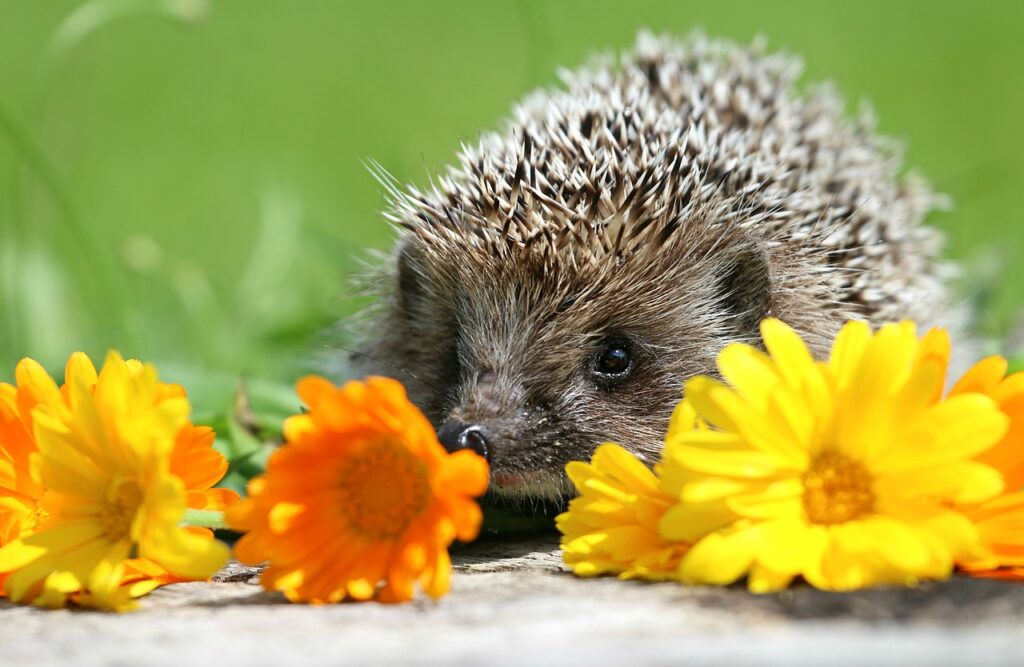
Preparing for Breeding
Health Checks: Before breeding, both the male and female hedgehogs should undergo thorough health checks. This ensures they are in optimal health and free from any underlying health issues that could complicate pregnancy or affect the health of the offspring.
Housing and Environment: Provide suitable housing and environmental conditions for the breeding pair. This includes a spacious enclosure with appropriate bedding, hiding spots, and environmental enrichment to reduce stress and promote natural behaviors.
Diet and Nutrition: A well-balanced diet is essential for reproductive success. Ensure that both the male and female hedgehogs are receiving a diet rich in high-quality protein, vitamins, and minerals to support their overall health and fertility.
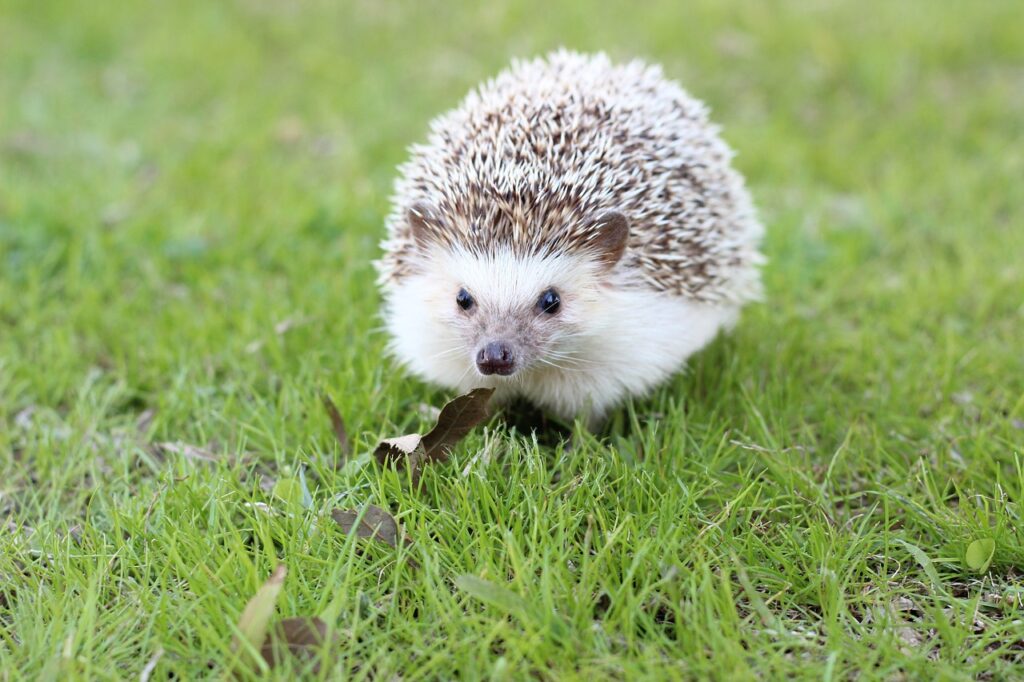
The Breeding Process
Introduce the male and female hedgehogs gradually, allowing them to become familiar with each other’s scent and presence before attempting breeding. Supervise their interactions closely to prevent any aggressive behavior.
Mating Behavior: Male hedgehogs may exhibit courtship behaviors such as circling, sniffing, and vocalizations when introduced to a female in estrus. Once mating occurs, the female may exhibit receptive behavior, including arching her back and flattening her quills.
Pregnancy: After successful mating, the female hedgehog will enter a gestation period lasting approximately 35 to 40 days. Provide the pregnant hedgehog with a quiet, stress-free environment and monitor her closely for any signs of complications.
Birth and Care for Hoglets: Hedgehog hoglets are born blind, hairless, and entirely dependent on their mother for care. Provide the mother hedgehog with a suitable nesting area equipped with soft bedding materials where she can give birth and care for her offspring.
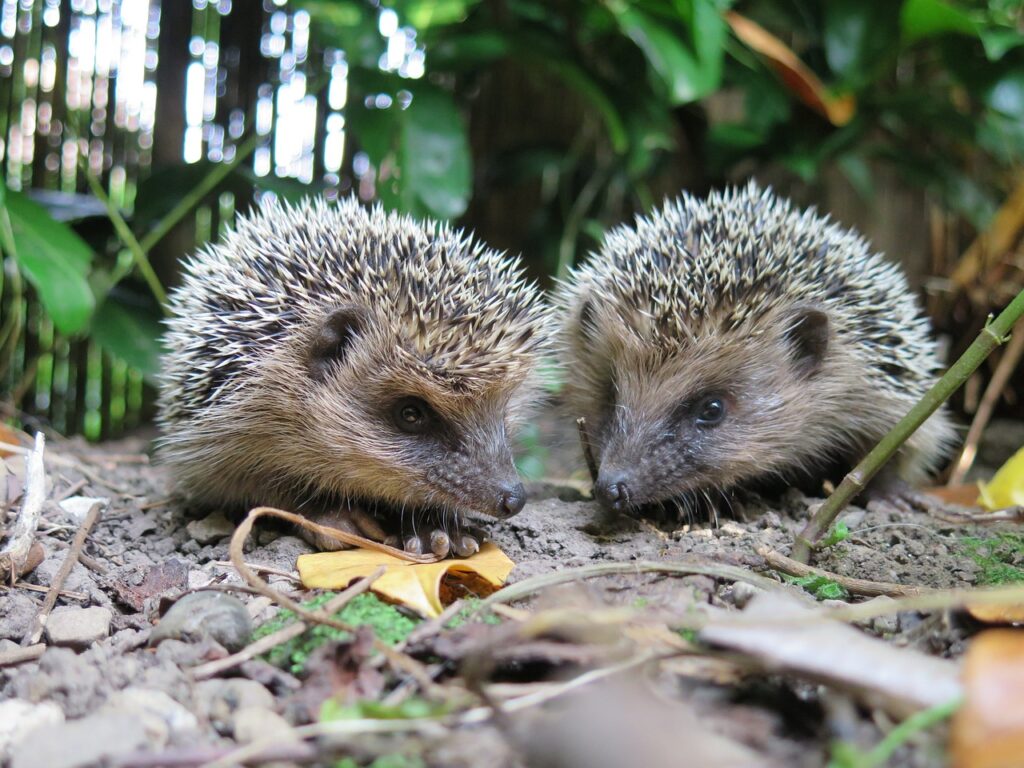
Responsible Breeding Practices
Avoid Overbreeding: Responsible breeders prioritize the health and welfare of their hedgehogs over profit. Avoid overbreeding your hedgehogs, as this can lead to physical and emotional stress for the animals and may result in health complications.
Genetic Diversity: Maintain genetic diversity within your breeding program to minimize the risk of hereditary health issues and promote overall population health. Avoid breeding closely related hedgehogs to prevent genetic abnormalities and inherited diseases.
Ethical Considerations: Consider the ethical implications of breeding hedgehogs and ensure that you have the resources and commitment to care for both the parent hedgehogs and their offspring responsibly. Be prepared to provide support and guidance to new hedgehog owners to ensure the welfare of the animals.
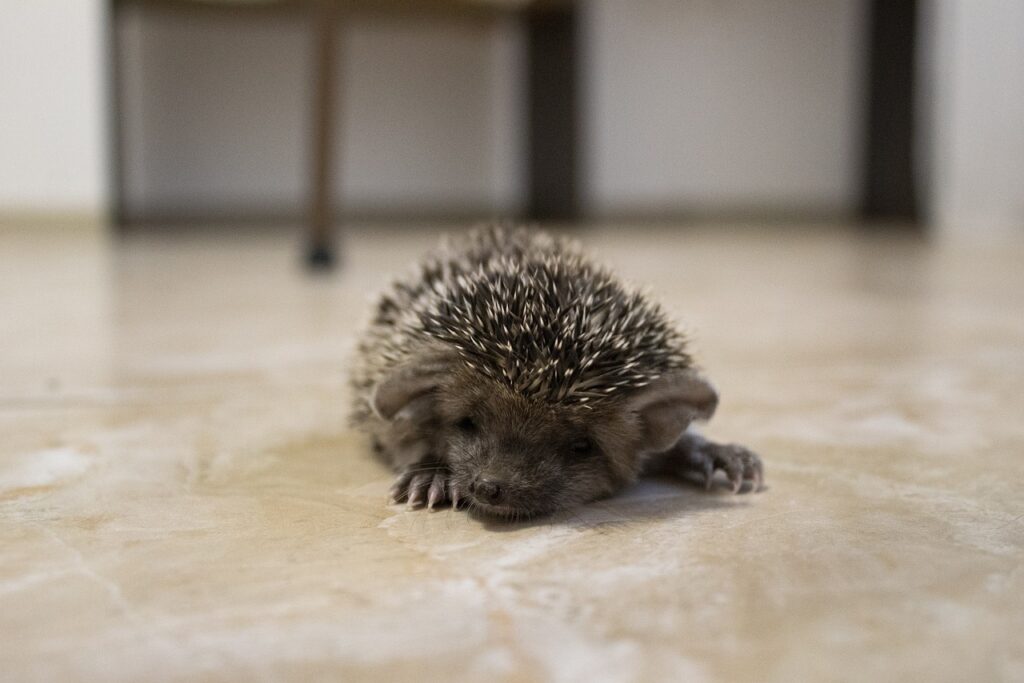
Conclusion
Breeding hedgehogs can be a rewarding experience for dedicated and responsible individuals. By understanding the intricacies of hedgehog reproduction, preparing properly for breeding, and adhering to responsible breeding practices, you can help contribute to the health and welfare of these beloved creatures.
Remember always to prioritize the well-being of your hedgehogs and strive to promote responsible pet ownership within the hedgehog community!


